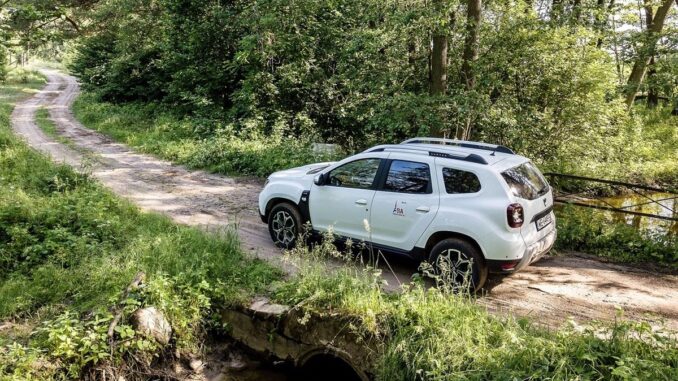
Road travel is an integral part of daily life, whether commuting to work, visiting family or embarking on holiday adventures. Yet accidents can happen unexpectedly, even to the most careful drivers. Planning ahead and staying aware can lower risks whilst maintaining the joy and freedom that comes with driving.
The concept of “safer adventures” embraces safety as an improvement to your journey instead of a restriction, allowing you to travel with confidence and peace of mind. Understanding your rights and resources, including access to professional guidance on injury and car accident claims when needed, gives you additional reassurance should incidents occur despite your best precautions.
1. Check your vehicle before you travel
Regular vehicle maintenance and pre-journey checks are the foundation of safe driving. Simple routines performed before longer trips can prevent breakdowns and reduce accident risk. RAC research reveals that only 19% of drivers always check their cars are ‘road-ready’ before making a trip, with an alarming 30% never performing any checks at all. Essential checks include tyre condition and pressure, oil levels, coolant, brake fluid and all lights, including indicators and hazard warning lights. A quick walk around your vehicle can identify obvious issues like damaged lights, worn tyres or fluid leaks. These small actions take just five minutes but give you tremendous confidence on the road, knowing your vehicle is mechanically sound and legally compliant. Regular attention to these details prevents the stress and danger of sudden breakdowns, particularly important on busy motorways or remote rural roads.
2. Plan your route with care
Modern navigation technology gives you unprecedented opportunities to anticipate road conditions, traffic patterns and weather challenges before setting out. Careful route planning reduces stress, helps maintain steady driving and allows you to avoid hazardous conditions that increase accident risk. For example, avoiding narrow rural roads during heavy rain reduces the chance of skidding or collisions with oncoming traffic.
Traffic apps and route planners provide real-time updates about roadworks, accidents and congestion, allowing you to choose safer alternative routes. Weather forecasts help you prepare for challenging conditions or postpone non-essential journeys during severe weather warnings.
3. Stay alert and minimise distractions
Maintaining consistent focus while driving needs deliberate effort and practical strategies to combat fatigue and distractions. Taking regular breaks every two hours on long journeys prevents dangerous drowsiness, whilst staying hydrated and maintaining comfortable temperatures helps preserve concentration. Mobile phone use remains a distraction risk, so establishing phone-free driving habits or using hands-free systems properly protects both you and other road users.
Adjusting mirrors, seats and climate controls before starting your journey eliminates the need for dangerous adjustments whilst driving. Pre-programming navigation systems and familiarising yourself with the route lowers the need to look at screens during travel. These habits become second nature with practice, creating a safer driving environment where you can respond quickly to unexpected hazards or changing road conditions.
4. Understand your legal options
Being prepared is more than just vehicle maintenance and driving skills; it’s understanding available support should incidents occur despite careful precautions. Knowing how to access professional legal guidance can give you peace of mind and make sure that you receive appropriate support if you’re involved in an accident through no fault of your own.
Keep important contact details easily accessible in your vehicle, including your insurance provider and legal advice services. Understanding your rights and the claims process helps you respond appropriately in stressful situations, making sure that you protect your interests whilst focusing on safety and recovery.
Safer road experiences result from combining preparation, awareness and responsible choices. Adopting these habits gradually changes safety from an additional task into natural, second-nature behaviour that improves instead of restricting your driving adventures.




1 Trackback / Pingback